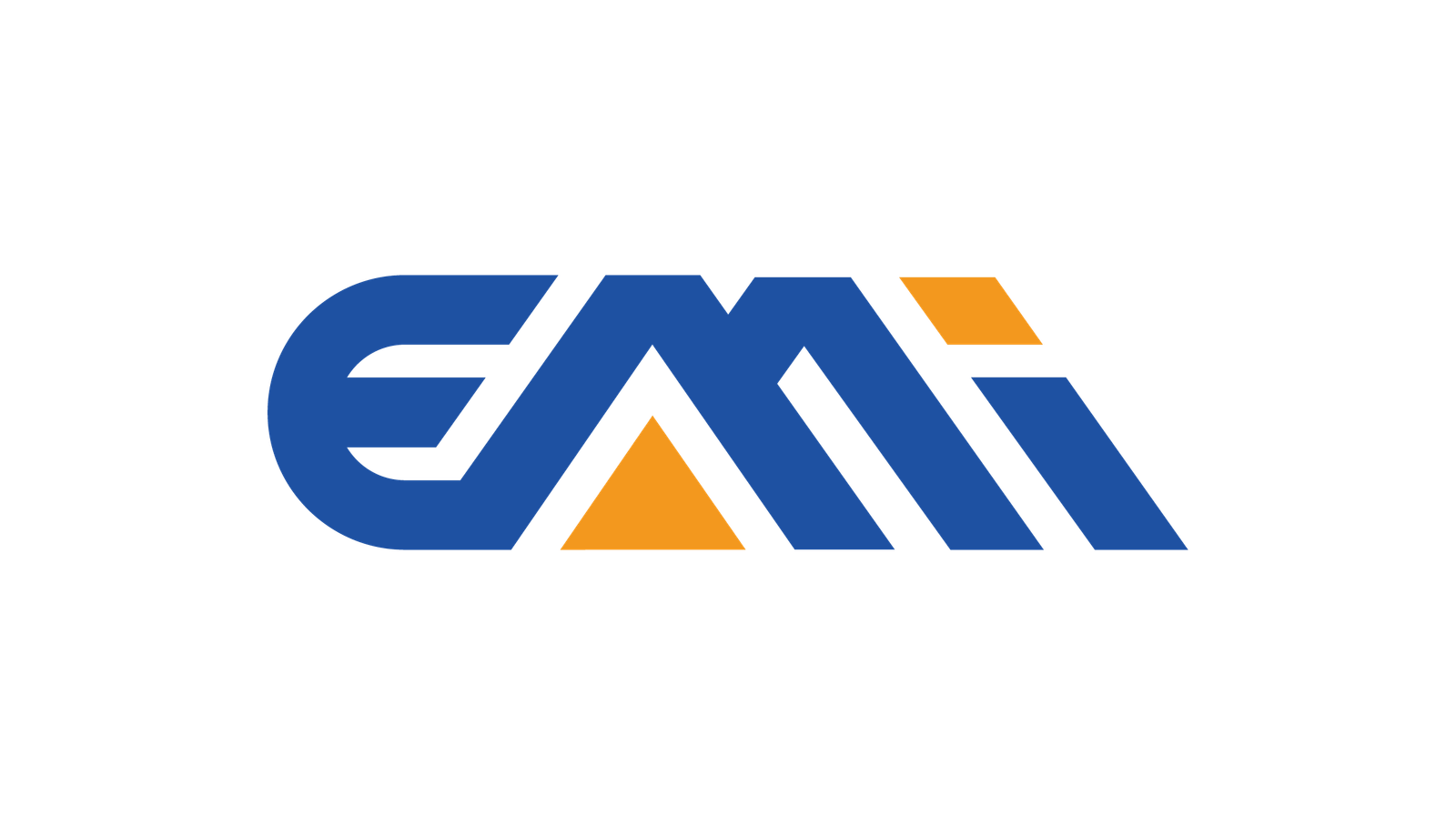A converter in the context of integrated circuits is a device that transforms signals or energy from one form to another, which is crucial for processing and interfacing between digital and analog signals. Converters play a pivotal role in electronics, enabling the conversion of continuous analog signals into discrete digital values and vice versa. Additionally, converters like Voltage-to-Frequency Converters and Power Converters contribute to diverse applications, ensuring the efficient handling of signals and energy in electronic systems. In this article, we are going to explore the working principle, types, and applications of converter.

Working principle of converter
Converters, such as Analog-to-Digital Converters (ADCs) and Digital-to-Analog Converters (DACs), operate based on transforming signals between analog and digital domains. In an ADC, analog signals, like voltage, are sampled and converted into digital representations. Conversely, DACs take digital signals and convert them back to analog voltages. This process involves precise quantization and reconstruction of signal values, ensuring accurate representation. Voltage-to-frequency converters transform analog voltage levels into frequency signals, facilitating various applications. Overall, the working principle involves the conversion of signals between different formats, enabling compatibility and functionality in electronic systems.

Type of converter
Analog-to-Digital Converters (ADC):
An ADC is a crucial component in the world of electronics. It converts continuous analog signals into discrete digital values, allowing devices like microcontrollers and computers to process and interpret real-world phenomena, such as temperature or sound.
Digital-to-Analog Converters (DAC):
On the flip side, a DAC performs the opposite function. It transforms digital signals into analog voltages or currents. This is essential in applications where digital systems need to interface with analog components, like speakers or sensors.
Voltage-to-Frequency Converters (VFC):
Another example is the Voltage-to-Frequency Converter, which translates an input voltage into a corresponding frequency output. This type of converter finds applications in frequency modulation and precision measurement systems.
Digital Signal Processors (DSP):
While not a converter in the traditional sense, DSPs within integrated circuits often handle the conversion of signals from one domain to another. They excel at processing digital signals for various applications, such as audio and image processing.
Power Converters:
In power electronics, converters like voltage regulators or inverters transform electrical energy to meet specific requirements for powering electronic devices or delivering power to the grid.
Application of converter
Converters play a crucial role in diverse applications across electronics. Analog-to-digital converters (ADCs) are integral in sensors, communication systems, and measurement devices, converting real-world analog signals into digital data for processing. Digital-to-analog converters (DACs) are vital in audio systems, waveform generators, and communication devices, translating digital signals into analog voltages. Voltage-to-frequency converters find use in frequency modulation, telemetry, and control systems. These applications showcase the versatility of converters in bridging the analog-digital gap, facilitating seamless communication and control in electronic systems.

If you are interested in our converter, or any other electronic components, feel free to contact us!

